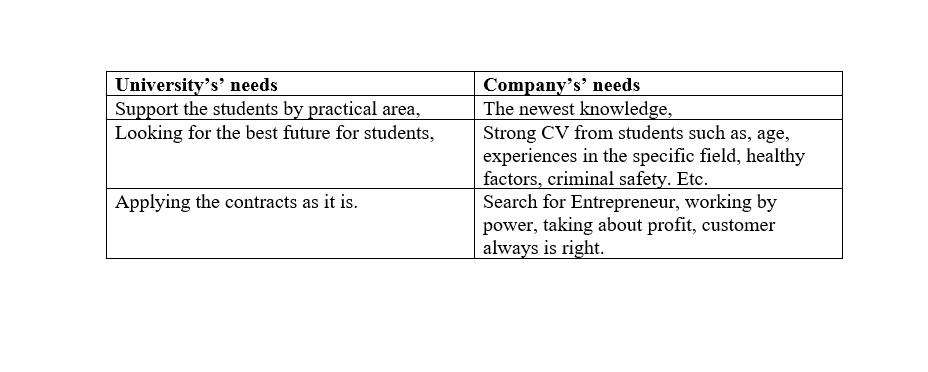Hiring Students: Via Collaboration between Erbil Polytechnic University and General Private Business Sectors in Erbil City, Kurdistan Region, Iraq
DOI:
https://doi.org/10.21271/zjhs.28.2.15Keywords:
EPU students, Collaboration, Companies, Insurance, Erbil city.Abstract
This study aims to make the students career. Moreover, it tries to investigate the university’s responsibility for its students so as to inspire them through academic methods. The method used in the present study is qualitative research. The researcher has interviewed two different groups of people. Academic staff in EPU university that consists of 10 people who are theoretically dealing with that matter. However, the second group consists of 6 leaders among different companies in Erbil. The result shows that the capacity for learning and ability for doing this collaboration are the most important factors for both groups. Moreover, financial problems, high quality of students, and their experiences in a specific different field are the highlighted points for two set of participants. Although, it shows that the most important requirements for them is the students’ language proficiency and their skills. Also, both groups have some dissimilar opinions concerning university attempts to appoint the students permanently as employees. The business sectors emphasize on accepting them as volunteers
References
- Ashman,D. (2001). Civil sosity collaboration with business: Bringing empowerment back in. Woeld Development, 29(7), 1097-1113.
- Aloui, A., Hamani, N., Derrouiche, R., & Delahoche, L. (2021) Assessing the benefits of horizontal collaboration using an integrated planning model for two-echelon energy efficiency-oriented logistics networks design. Internattional Journal of System Science: Operations & Logistics, 1-22
- Fernandes, G., & O’Sullivan, D. (2021). Benefits management in university-industry collaboration programs. International Journal of Project Management, 39(1), 71-84.
- Grosser, J., Bientzle, M., Shiozawa, T., Hirt, B., & Kimmerle, J. (2021). Observing interprofessional collaboration: Impact on attitude and knowledge acquisition. Anatomical Sciences Education.
- Lai, E. R. (2011). Collaboration: A literature review. Pearson Publisher. Retrieved November, 11, 2016. Mirbabaie, M., Stieglitz, S., & Frick, N. R. (2021) Hybrid intelligence in hospital: towards a research agenda for collaboration. Electronic Markets, 1-23.
- Omar, A. T., Leach, D., & March, J. (2014). Collaboration between nonprofit and business sectors: A framework to guide strategy development for nonprofit organizations. VOLUNTAS: International Journal of Voluntary and Nonprofit Organizations, 25(3), 657-678. 6
- Padmanabhan, B., Huynh, N., Ferrell, W., & Badyal, V. (2021). Potential benefits of carrier collaboration in vehicle routing problem with pickup and delivery. Transportation Letters, 1-16.
- Scherngell, T. (2021). The geography of R&D collaboration networks. Handbook of Regional Scoence, 869-887.

Downloads
Published
Issue
Section
License
Copyright (c) 2024 Korazon Talib Abdullah

This work is licensed under a Creative Commons Attribution 4.0 International License.









